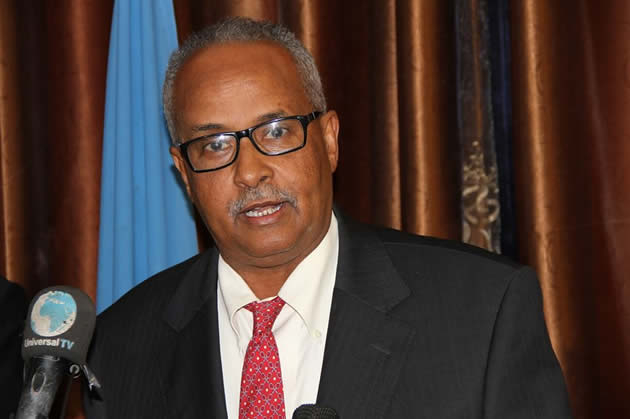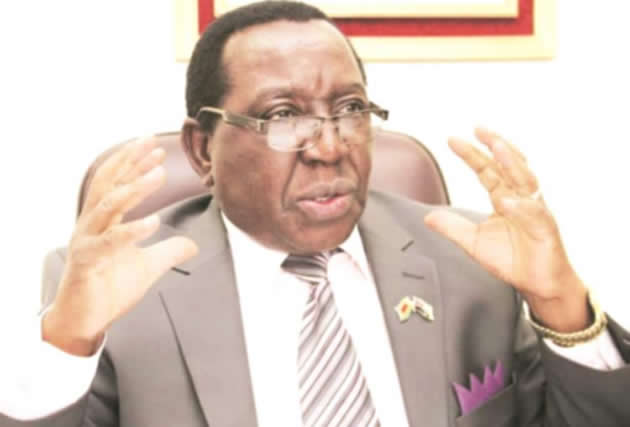A vote for an establishment candidate, a vote for Trump

NEW YORK. — A lot of Republicans will head to the polls in New Hampshire today, motivated to vote against Donald Trump. But because of a quirk in how the state party allocates delegates and how fractured the “establishment” field is, it could mean that an anti-Trump vote will actually be a vote for the New York billionaire.
Here’s how:
The state party awards delegates on a proportional basis to presidential candidates based on their vote statewide and by congressional district.
But it also has a 10 percent threshold.
What does that mean?
It means that if a candidate does not get 10 percent of the vote, he gets no delegates. (And this is a hard threshold — no rounding.)
What’s more, not only do those underperforming candidates get no delegates, but whatever delegates they could have gotten based on their vote share go to the winner of the primary (!).
And, right now, the favourite is Trump.
Trump, has been leading in the polls in New Hampshire by double digits for six straight months.
Meanwhile, the so-called “establishment” candidates — the kind of mainstream Republicans that usually prevail in New Hampshire — are split.
And after Saturday night’s debate, with Marco Rubio’s lacklustre performance, that establishment vote could be fractured even further.
There are 20 delegates at stake in New Hampshire on primary night.
Here’s a look at how the candidates are performing in the polls currently, what that could translate to delegate-wise and how the 10 percent threshold could affect things.
According to the RealClearPolitics polling average, here’s the order of the candidates (with a line inserted to represent the 10 percent cut-off):
- Trump 31 percent – 6 delegates
- Rubio 16 percent – 3 delegates
- John Kasich 12 percent – 2 delegates
- Ted Cruz 12 percent — 2 delegates
- Jeb Bush 9 percent
- Chris Christie 5 percent
- Carly Fiorina 5 percent
- Ben Carson 3 percent
Everyone below the 10 percent threshold — Bush, Christie, Fiorina and Carson — add up to 22 percent.
So 22 percent of 20 is 4.4.
Round down, and that means, roughly, another four delegates would be added to Trump’s total.
Instead of a 6-3 delegate win, Trump would get 10.
Thought about another way: Some 40 percent of Trump’s delegates could be coming from people who cast their votes explicitly in opposition to him – or at least for candidates running very different campaigns.
And, by the way, those delegates are bound to vote for Trump at the Republican National Convention in July, because of changes to the Republican National Committee’s rules — that all states that hold their nominating contests before March 15 must award their delegates on a proportional basis, and they must be bound to the candidates. — NPR.











Comments